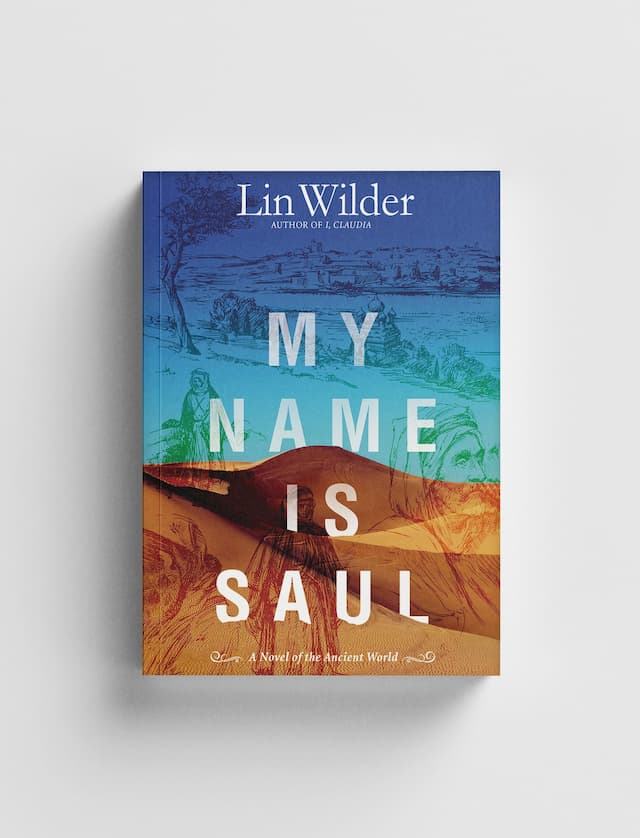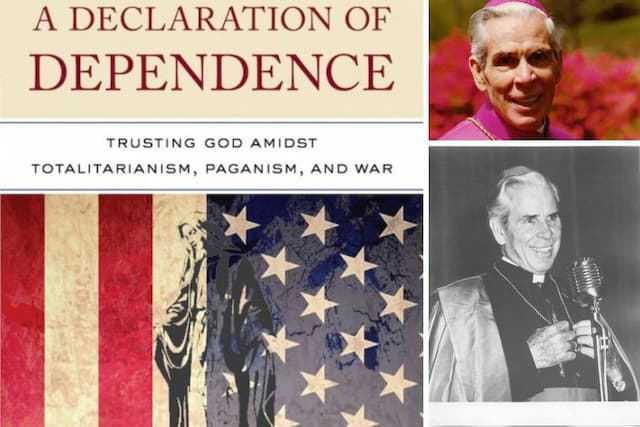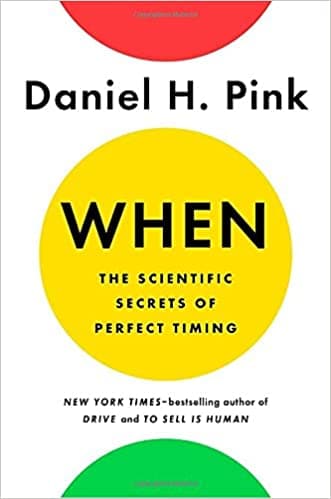The Rosary of Our Lady - Lin Wilder

The rosary of Our Lady
was a favored book of two popes. Therefore I ordered it and put away for future reading. And forgot about it.
Until this week. This week where Monday was the Feast of Our Lady Mother of the Church and Wednesday, the Feast of the Visitation.
Isn’t it cool when forgotten books leap into our hands and then plunge into our hearts and souls? We can’t say that about many books, of course, only those rare texts so replete with devotion and reverence that we can have no doubt that the authors’ inspiration is the Holy Spirit.
That’s what reading these 145 pages on the rosary of Our Lady is like. One by one, Fr. Guardini takes the objections to the rosary and justifies them. Simply.
Like Jesus’ admonition against “praying like the Gentiles:” using so many words that they become meaningless. Then there are the objections against the repetition of the rosary that Guardini dispatches with ease.
And then Mary.
And finally brief, profound words on each mystery.
“The visitation…No woman has ever borne such gladness within her. But neither was any woman imprisoned in such silence. For how could she speak of the event so that the listener would believe her? Not even he to whom she was espoused for life understood….”
The Sorrowful mysteries:
“It is difficult to say anything about these mysteries. They deal with the wretchedness of humanity, and of the way the Lord accepted and bore this wretchedness. Their content is endless. We can extract only one point at a time…The last sorrowful mystery once more summarizes everything. Like the first, it is inexhaustible. We must approach it with open eyes and heart, examine what takes place and perservere-conscious that all this concerns our very selves.”
Mary
Most of us Catholics have encountered the prejudice against Our Lady felt by our Protestant friends. One that I find very surprising because Martin Luther had a deep love for the Mother of God.
In emphasizing her lowliness, Luther echoes Mary’s own words:
“For he has regarded the lowliness of his handmaid and all generations will call me blessed.”
Unfortunately, his words about the importance of distinguishing His creature Mary from the sovereign God have been deformed into something ugly, even evil.
Consequently, many of our Christian friends deny themselves the help, protection and solace of Theotokos, the name our Byzantine friends have for Mary. The mother we were given by the dying Jesus.
“Behold your mother.”
Guardini writes:
Jesus is the substance of Mary’s life…He is also her Redeemer…speaking of another child and its mother in such a manner…borders on blasphemy. Not only was Mary’s existence as a human mother achieved in her relation to Jesus but also her redemption. Becoming a mother, she became a Christian. By living with her Child, she lived with the lving God whose living revelation He is…
For this reason, Mary is not only a great Christian, one among a number of saints, but she is unique. No one is like her because what happened to her happened to no other human being. Herein lies the authentic root of all exaggeration about her….The Rosary of Our Lady
Somewhere in the book, Guardini compares praying the rosary with the stations of the cross. The stations, writes Guradini, are a journey. The rosary is a place.
During those decades when we’re given the grace to immerse ourselves in the words, we know precisely what he means.
Romano Guardini
was the subject of a doctoral dissertation Pope Francis never completed. But Pope Francis has been greatly influenced by the theolgian.
Remember Laudato Si? The encyclical that excited the media and offend many Catholics because Pope Francis had joined the religion of climate change?
Only because a friend and former Catholic said the Pope was expressing Communist ideas did I read it.
After reading it I was puzzled by the outrage, suspecting that the complainers, like my friend, never read it, they just passed on someone else’s opinion.
But then, these are the days of us vs them, any excuse works.
I include the encyclical here, because Bishop Robert Barron sees Romono Guardini’s philosophy throughout the encyclical. Bishop Barron ends his fine piece on the encyclical and Guardini with this observation:
“What strikes the Pope as self-evident is that the nature we have attempted to dominate, for the past several centuries, has now turned on us, like Frankenstein’s monster. As he put it in a recent press conference, “God always forgives; human beings sometimes forgive; but when nature is mistreated, she never forgives.” These lessons, which he learned many years ago from Romano Guardini, are still worthy of careful attention today.”
Guardini was also the “intellectual companion” of Pope Benedict. But that’s a subject for another article, so close was their relationship.
I “met” Guardini several years ago through a slow and careful read of his book, The Lord. Intending to read the book for the Lent of 2016, it took me over six months. Not because it’s difficult reading, Quite the contrary, it’s just like The Rosary of Our Lady: jam-packed with prose that is so affective, it’s close to poetry. But it’s 650 pages, not 145.
My fictional Pilate was inspired by Guardini’s “scandal of the cross:”
…Was this the riot that Caiaphas and Annas had feared for the past five years? These people are not just from Jerusalem. I hear Coptic, Syriac, Germanic, Aramaic, as well as Hebrew… and their voices sound joyous. This is no mob–these people are carrying on as if welcoming a hero or king!
As I watched, the crowd threw palm fronds and poplar branches onto the street in front of them, as if to form a carpet. As Longinus and I walked cautiously into the throng, no one even noticed us—we were invisible. Everyone’s attention was on a figure approaching on a horse. No, not a horse—something smaller. As the figure and beast grew larger, I could see that this was Jesus, the man about whom Caiaphas and Annas had been increasingly frantic.
Before I could get a clear view of him, he turned his mount left toward the temple. Without thinking, I started to follow, until Longinus put his hand on my arm. He and I locked eyes for a moment as I marveled at the energy in the air;
Their awe and joy were tangible as if they were connected in some mysterious way to the man who I now saw was riding a donkey colt! Amidst the cacophony of languages, I could hear alleluias and the hosannas, as if this man was a god.
Hosanna!













